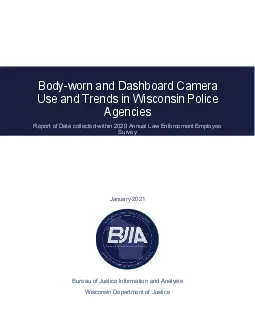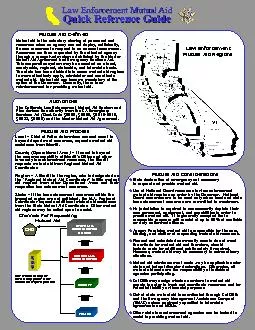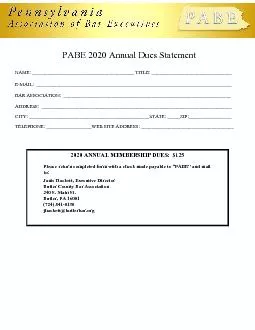PDF-Report of Data collected within 2020 Annual Law Enforcement Employee J
Author : eleanor | Published Date : 2021-10-11
Bodworn and Dashboard Camera Use and Trends in Wisconsin 21 2021 Bureau of Justice Information and Analysis Division of Law Enforcement ServicesWisconsin law enforcement
Presentation Embed Code
Download Presentation
Download Presentation The PPT/PDF document "Report of Data collected within 2020 Ann..." is the property of its rightful owner. Permission is granted to download and print the materials on this website for personal, non-commercial use only, and to display it on your personal computer provided you do not modify the materials and that you retain all copyright notices contained in the materials. By downloading content from our website, you accept the terms of this agreement.
Report of Data collected within 2020 Annual Law Enforcement Employee J: Transcript
Download Rules Of Document
"Report of Data collected within 2020 Annual Law Enforcement Employee J"The content belongs to its owner. You may download and print it for personal use, without modification, and keep all copyright notices. By downloading, you agree to these terms.
Related Documents














